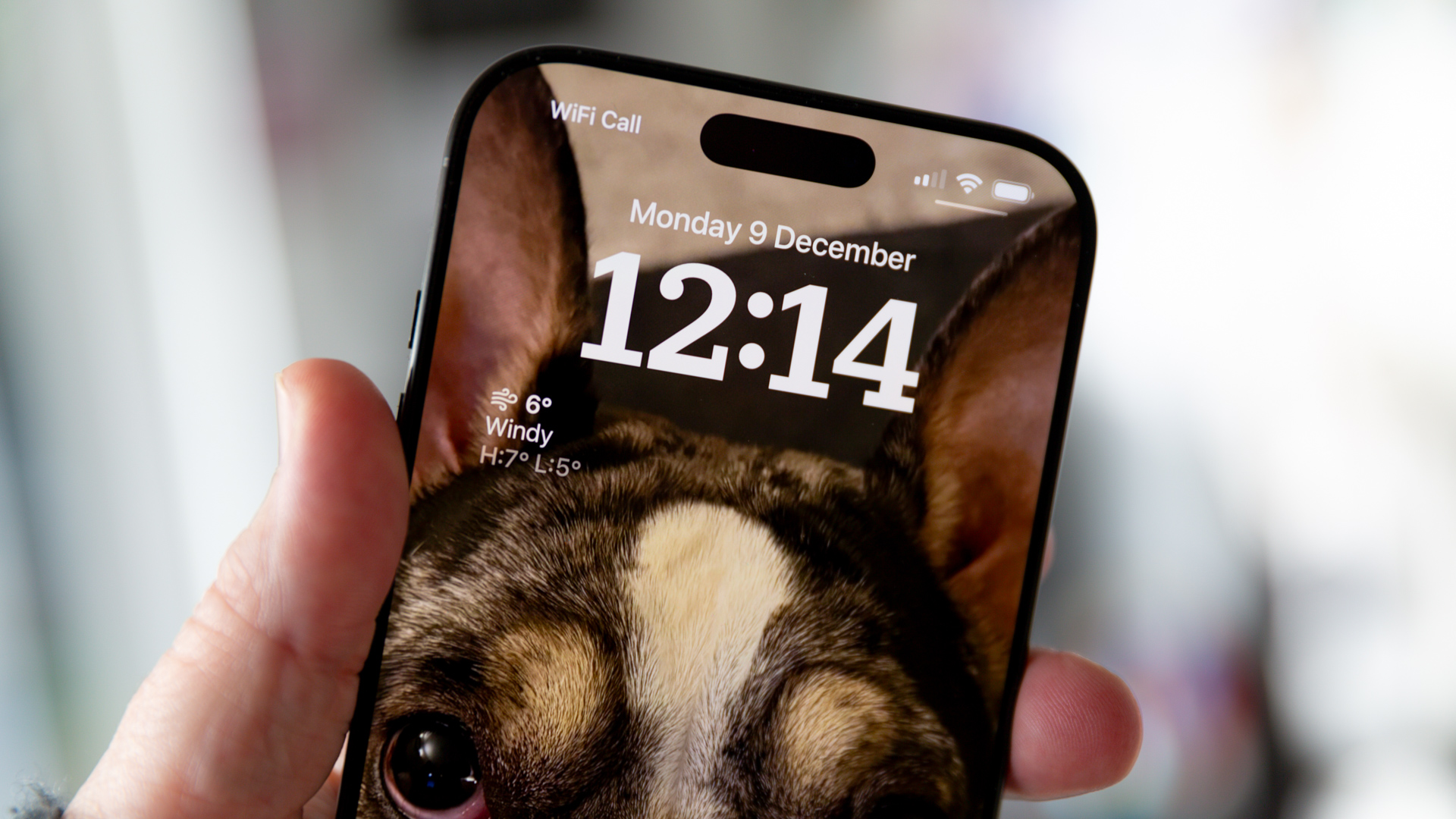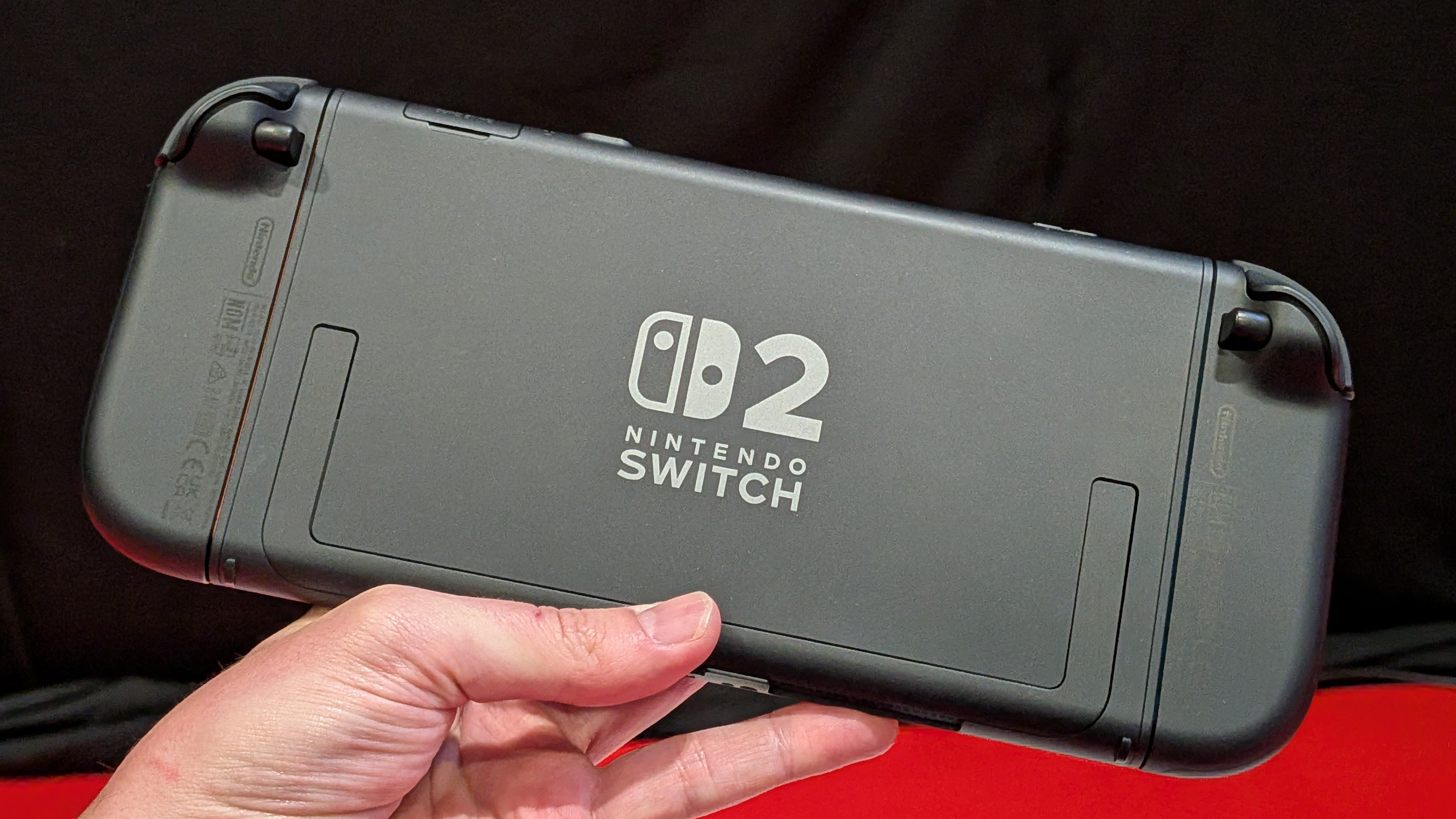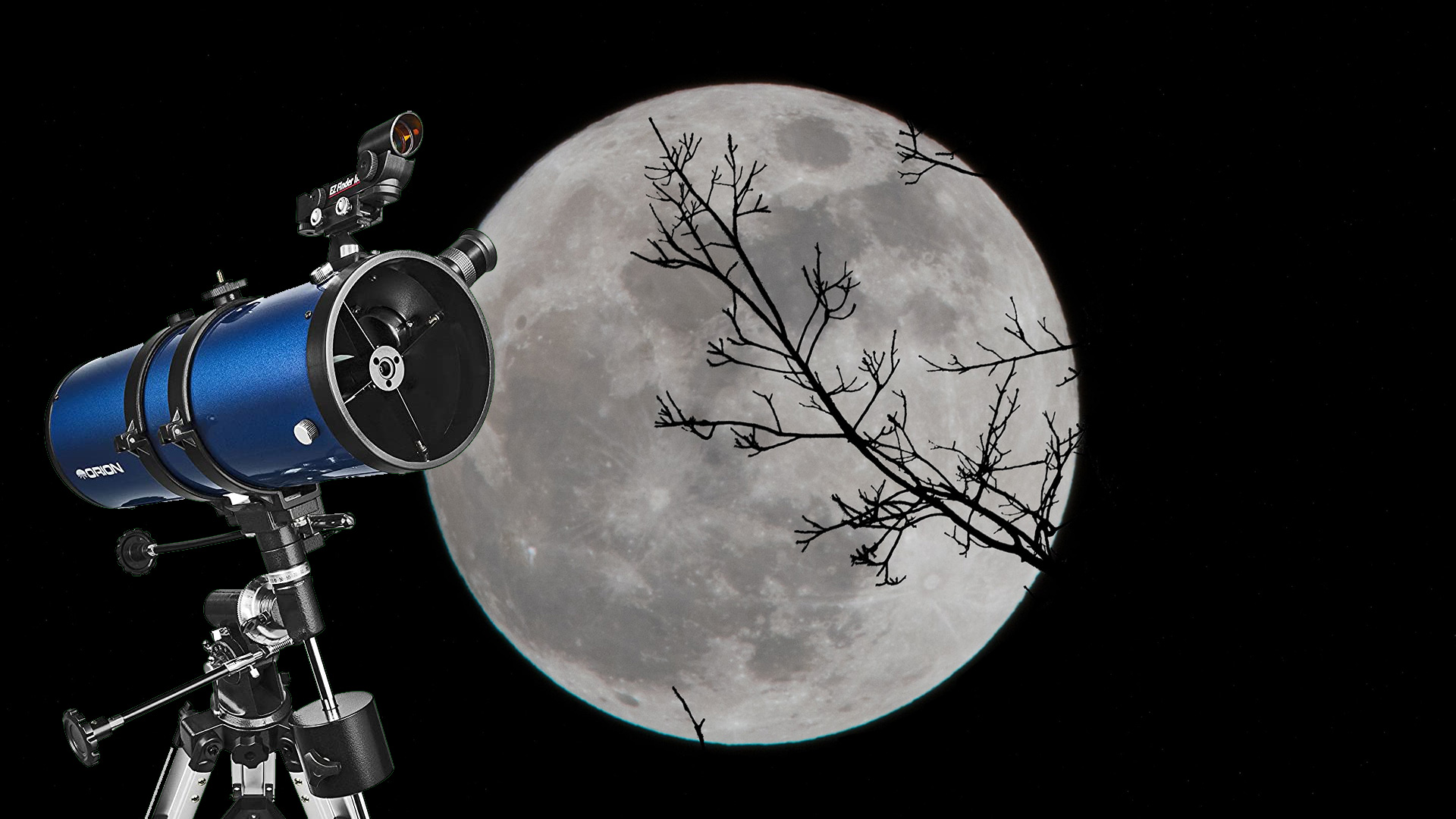

If you're new to stargazing, figuring out the best telescope for beginners to buy can be tricky. This article is here to fill you in on what to look for, and make sense of some of the jargon surrounding telescopes so you know what you're dealing with. When choosing your first telescope, budget is no doubt at the front of your mind, but you also want to consider what you actually want to use it for, as well as your own knowledge level and skillset.
Do you, for example, want something quick and easy to set up with no specialist tools required, or do you feel competent with a little bit of hands-on adjustment and tweaking to get the best response when you're up and running? Read on for the key bits of specification you'll want to focus on when making that all-important purchase decision.
Once you've digested our advice, you'll be ready to make your selection – for more intermediate options, our general best telescopes for stargazing article covers a range of abilities. Check out how to set up a telescope for tips on assembling, aligning and aiming.
- Our best binoculars guide also includes top stargazing options
- Celestron 21039 PowerSeeker 50AZ vs National Geographic Refractor 60/700 AZ: Two our top beginners' picks compared
What type of telescope should I choose?
While there are many, many different options for buying your first telescope, there are three different types of telescope available. The most common is arguably the reflector scope, followed by refractor and 'compound' or catadioptric telescopes. As it sounds, this third option combines refraction and reflection, via curved mirrors and lenses, for its optical system.
Again, as the name suggests, reflector telescopes utilise a single mirror or combination of mirrors to reflect light and form an image; the invention of which goes back to Isaac Newton in the 17th Century. If the 'tech' has lasted 400 years, it's a safe bet for your own first 'scope.
Refractor or refracting telescopes use an objective lens to collect light and form an image, and is typically found in astronomical telescopes. As light passes through the lens it is split into its respective colours and wavelengths. Typically though, the alternative of the reflecting telescope allows for larger apertures – and therefore a greater amount of light to be collected, translating as a brighter image. The rough rule of thumb when it comes to optics is brighter is always better.
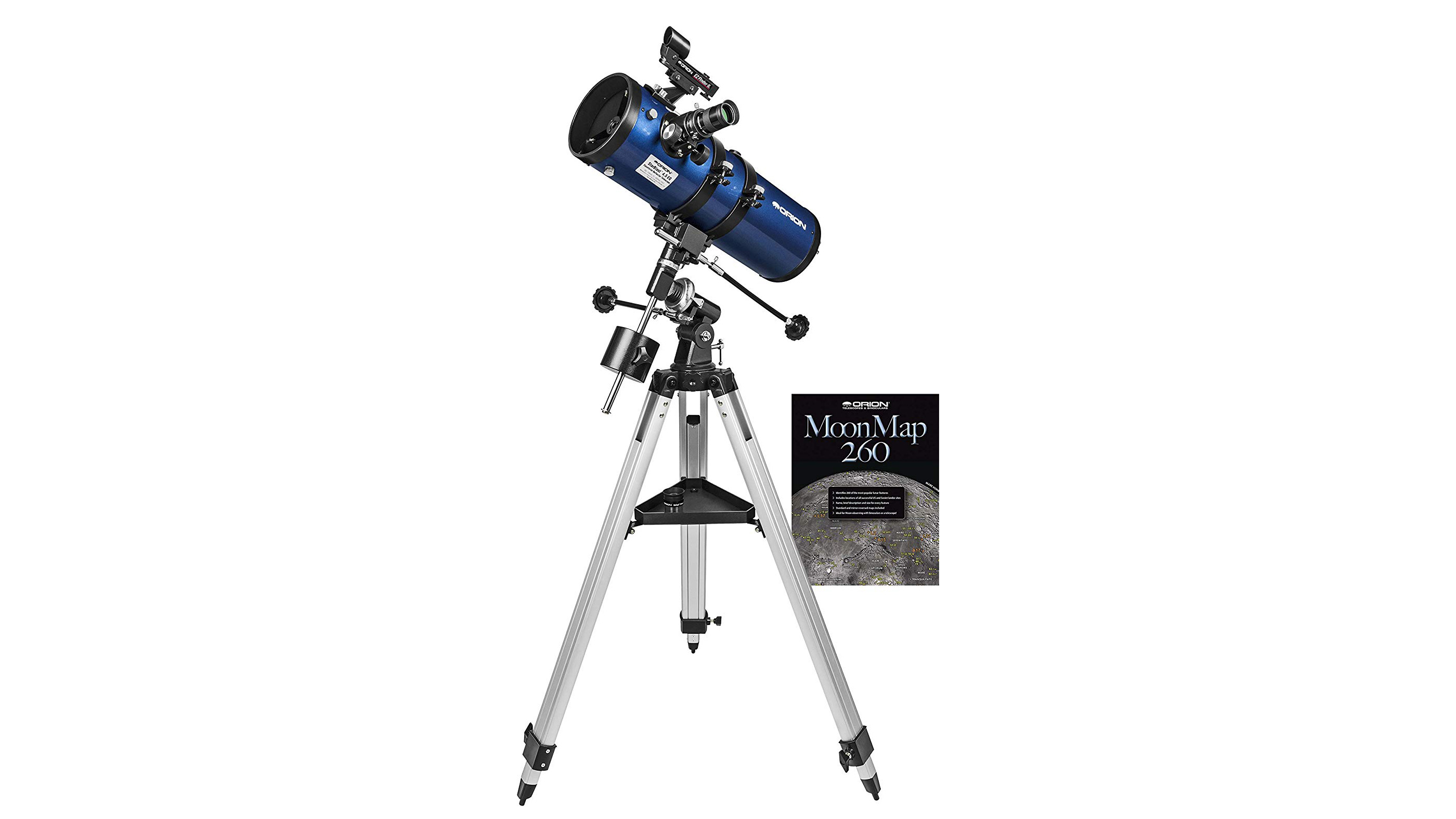
The Orion StarBlast II 4.5 EQ Reflector telescope kit
What focal length do I need?
Translating as the distance between the objective lens or primary mirror and the point at which our subject is brought into focus, the focal length for each telescope is given in millimetres. The greater the number given, the longer the focal length provided. Obviously the focal length chosen is important as, if you're using it for astronomy, it has a direct correlation on how far the telescope can reach into space. For example, while a great majority of telescopes aimed at beginners are suitable for examining our closest and largest celestial object in the Moon itself, if you want to get into deep space then the greater the focal length the merrier.
Sign up to the T3 newsletter for smarter living straight to your inbox
Get all the latest news, reviews, deals and buying guides on gorgeous tech, home and active products from the T3 experts
On telescopes the magnification factor provided by the eyepiece in use also plays its part. Mid and high end telescopes will typically offer a selection of interchangeable eyepieces, each giving, in combination with the telescope's core focal length, varying magnification factors. Obviously the further away the heavenly body you're seeking to achieve a clear image of, then the higher the required magnification factor, so pay attention to this in the specification provided by each manufacturer.
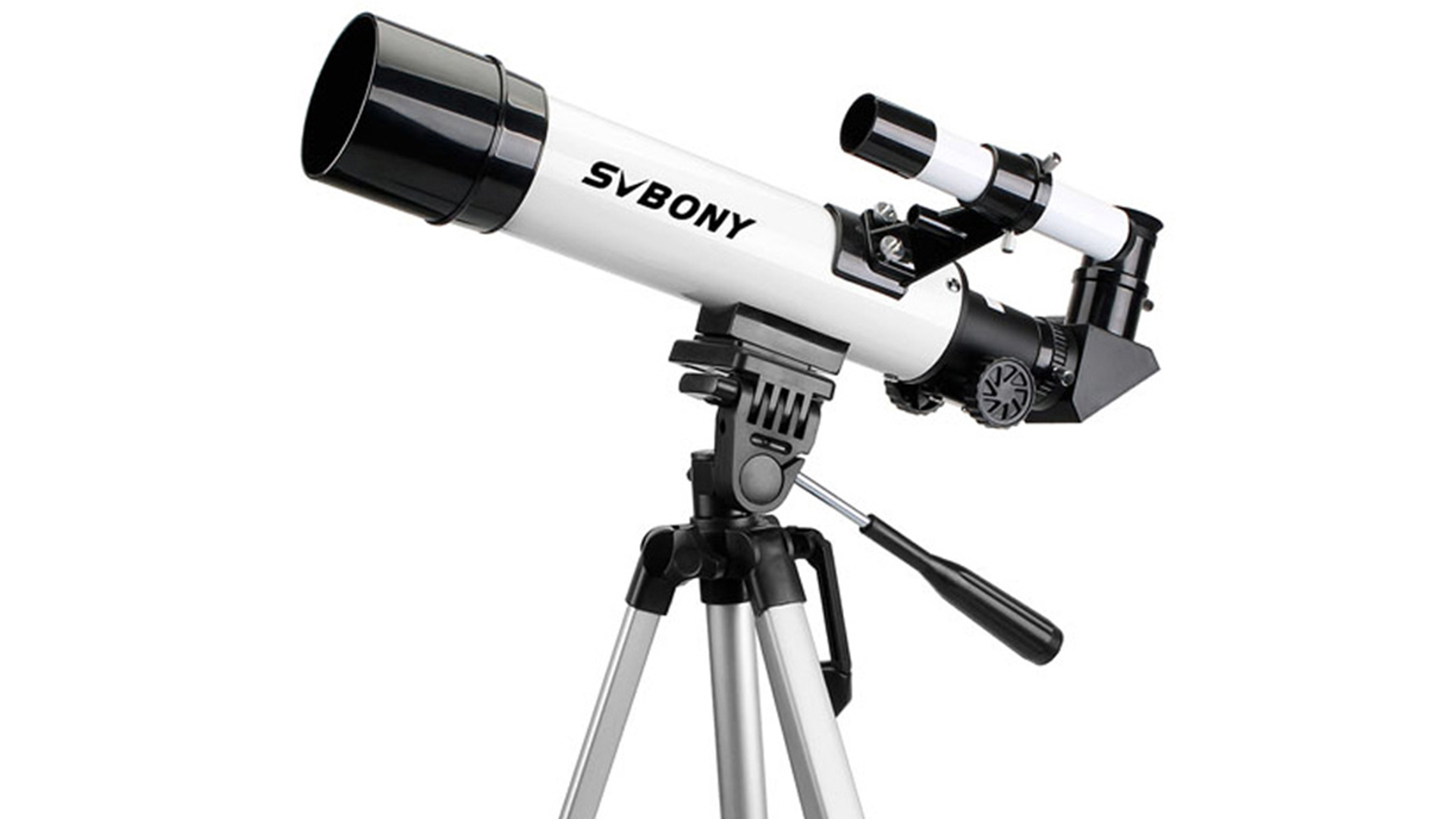
Svbony SV Refractor kids' telescope
How large an aperture should I go for?
Along with focal length, also read through the list of specifications of any first telescope you're considering purchasing to find out its given aperture. This has a bearing on how much light the telescope lets in – with a larger aperture equalling a greater amount of light. On telescopes this is usually given in inches, with say, an 8-inch aperture being preferable to a 6-inch aperture, or, at the entry level, a 2-inch or 3-inch aperture.
Is there anything else to consider?
Most telescope kits also include a tripod for mounting the scope on, so also pay attention to its construction – aluminium or stainless steel for example – if you're considering portability as well as stability. And whether a provided tray for storing the telescopes eyepieces and accessories in is useful.
Though hardly a deal maker or breaker, a hard copy guidebook or software that will direct fledging astronomers to points of interest in the night sky is also often included in bundle deals aimed at those looking to buy their first telescope.
Gavin Stoker has been writing about photography and technology for the past 20 years. He currently edits the trade magazine British Photographic Industry News - BPI News for short - which is a member of TIPA, the international Technical Imaging Press Association.
-
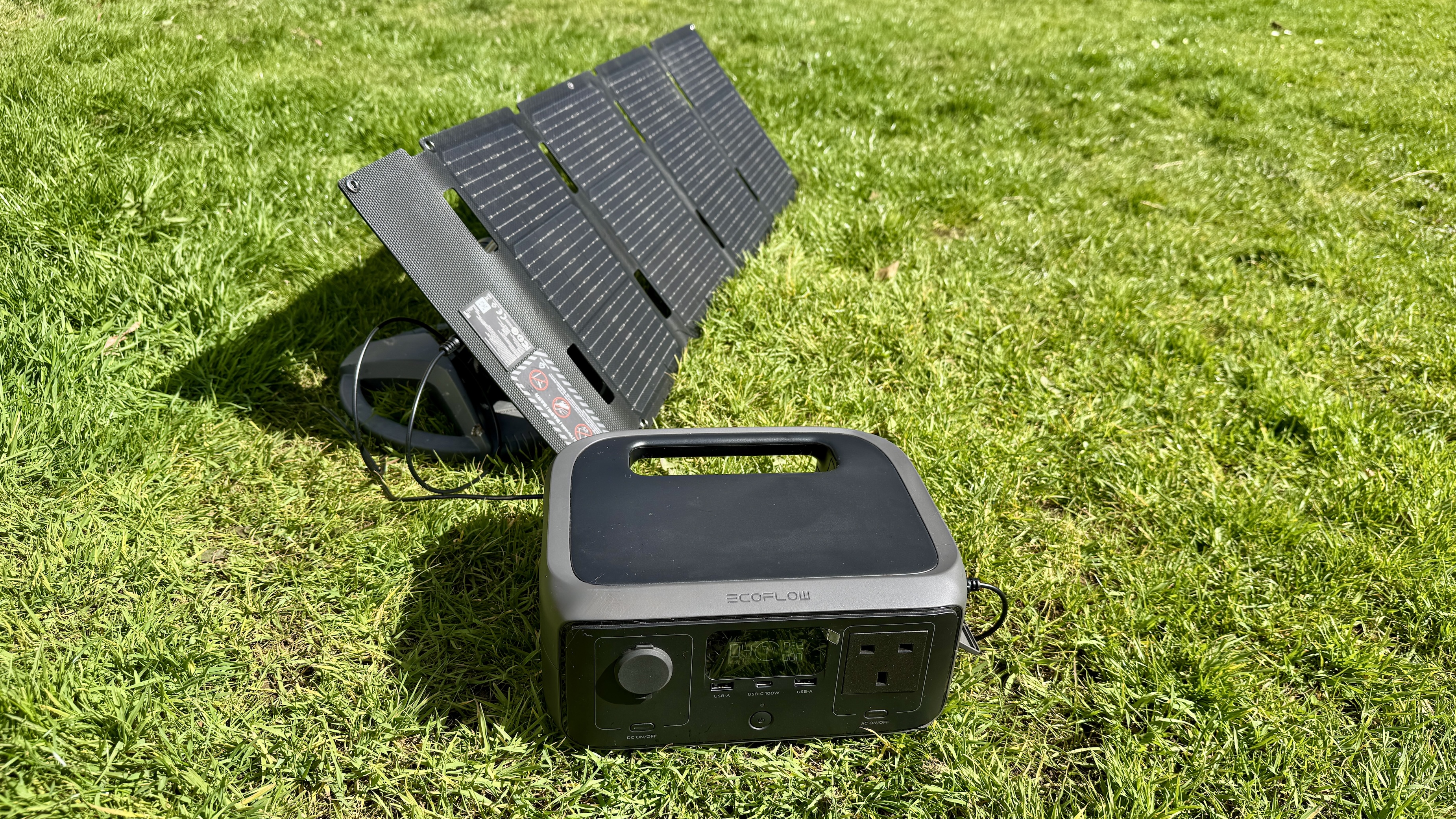 EcoFlow River 3 UPS review: Downsizing power without compromise
EcoFlow River 3 UPS review: Downsizing power without compromiseKeep the juice flowing with EcoFlow’s latest travel buddy
By Derek Adams Published
-
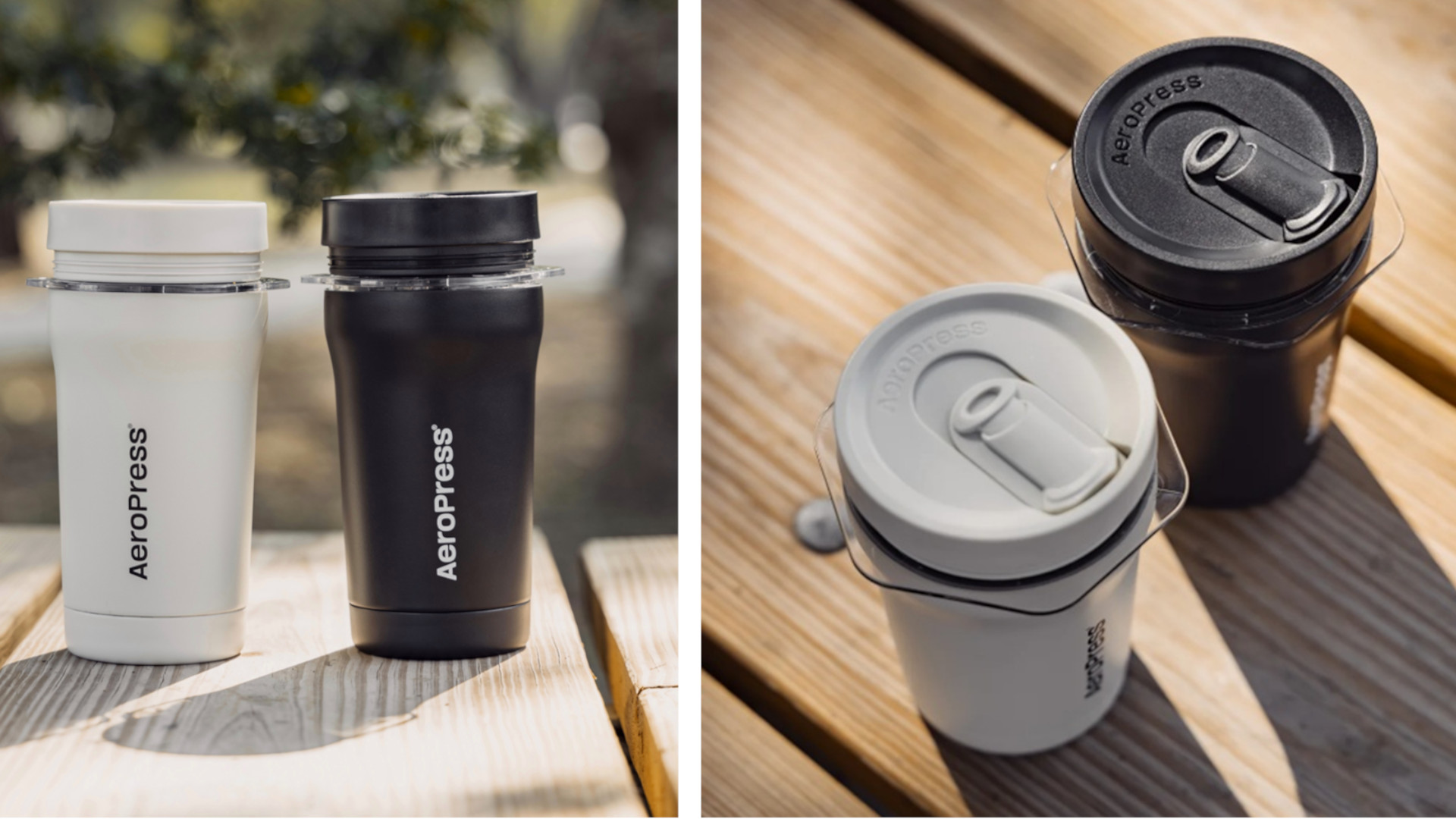 The AeroPress Go Plus is the gadget I need for my next outdoor adventure
The AeroPress Go Plus is the gadget I need for my next outdoor adventureWhether you’re off camping or heading on a hike, the new AeroPress Go Plus lets you enjoy great coffee on the go
By Bryony Firth-Bernard Published
-
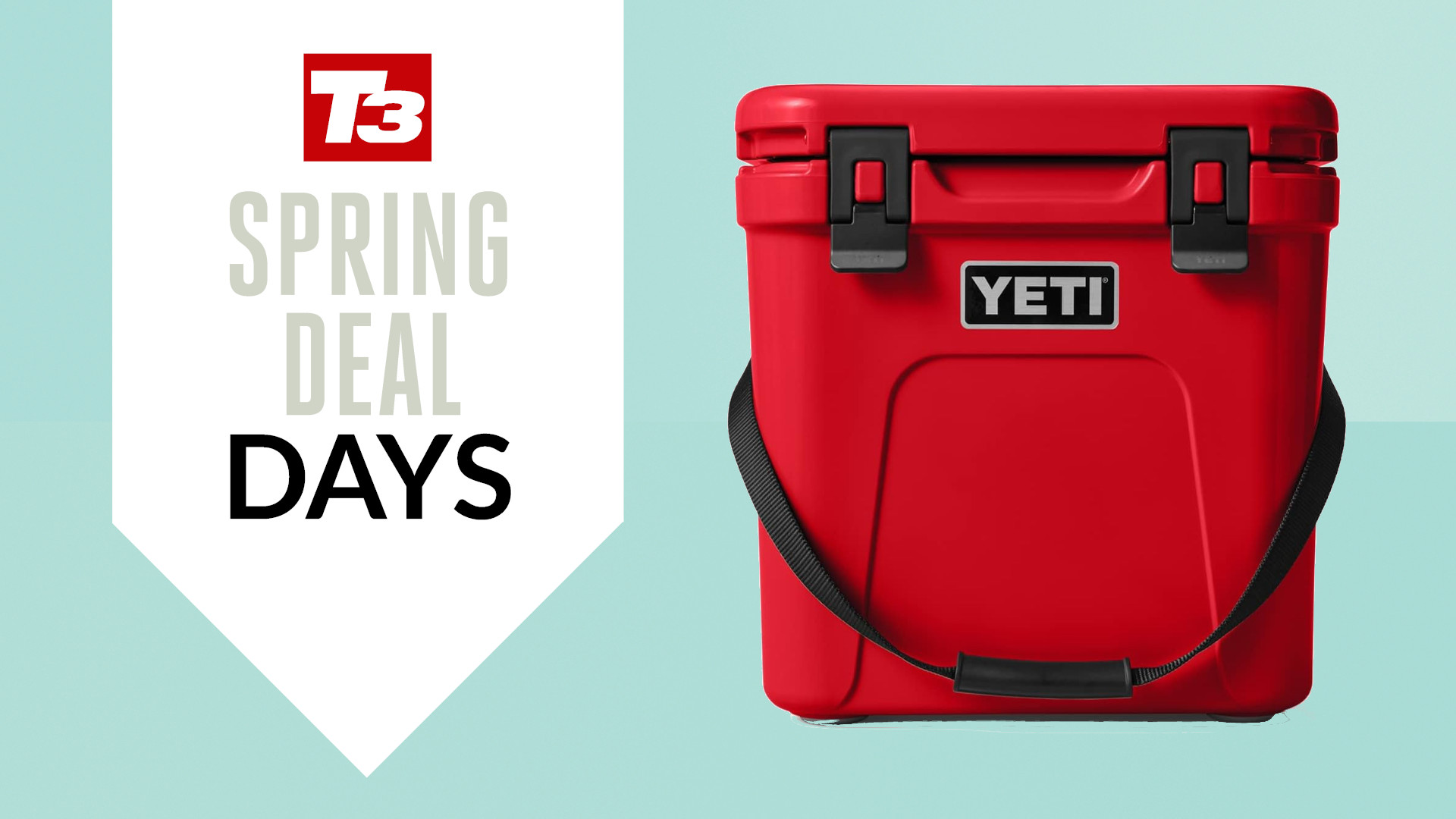 YETI has discounted a ton of its best-selling coolers and tumblers in Amazon’s Big Spring Sale
YETI has discounted a ton of its best-selling coolers and tumblers in Amazon’s Big Spring SaleJust in time for the warmer months
By Bryony Firth-Bernard Published
-
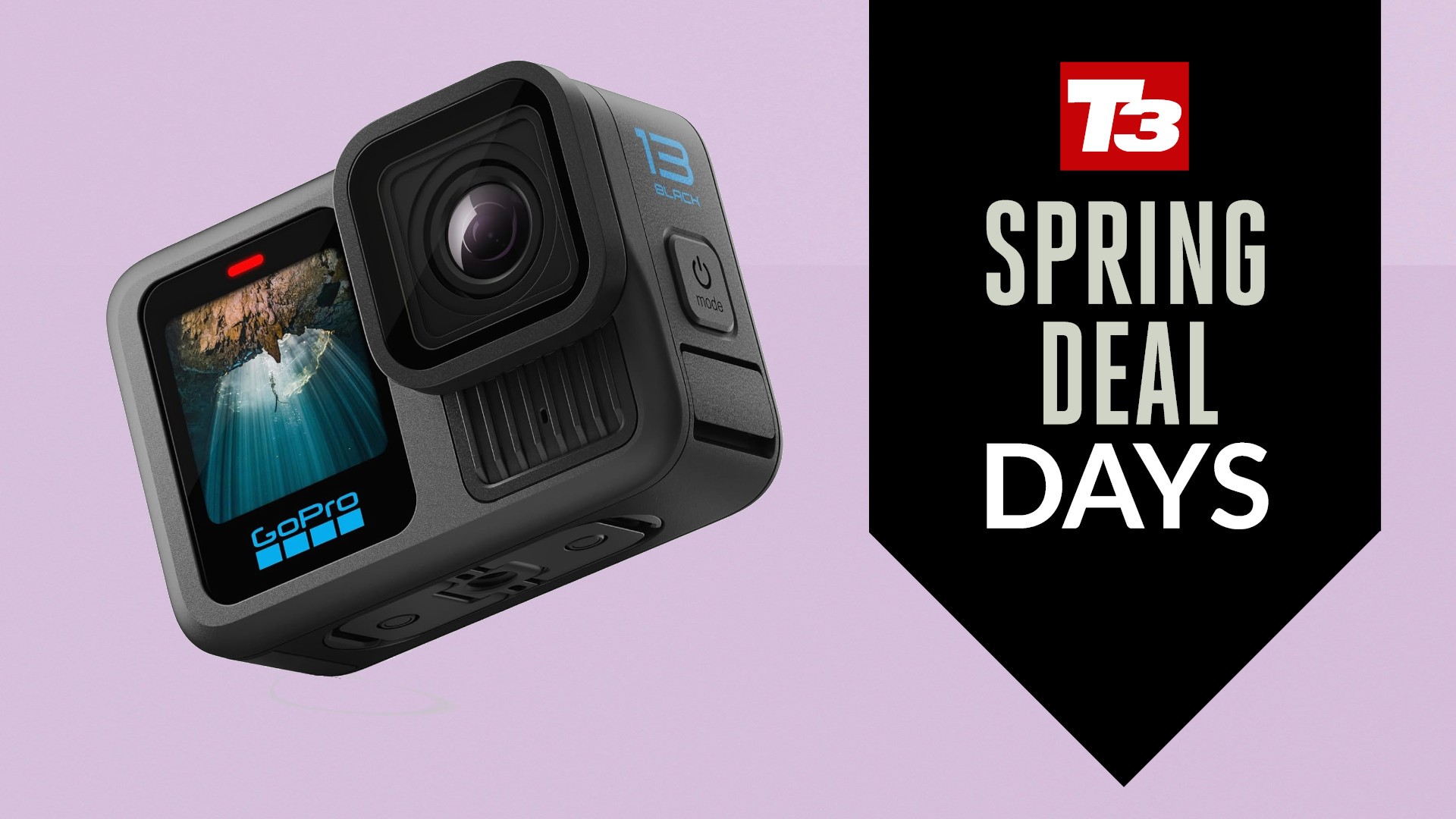 GoPro's latest flagship action cam just got a major price cut in Amazon's spring sale deal
GoPro's latest flagship action cam just got a major price cut in Amazon's spring sale dealYou can pick up the Hero 13 Black with almost 20% off
By Lee Bell Published
-
 How to pack your rucksack for a hiking or camping trip
How to pack your rucksack for a hiking or camping tripPack properly, save space and get easier access to the items you need the most
By Bryony Firth-Bernard Published
-
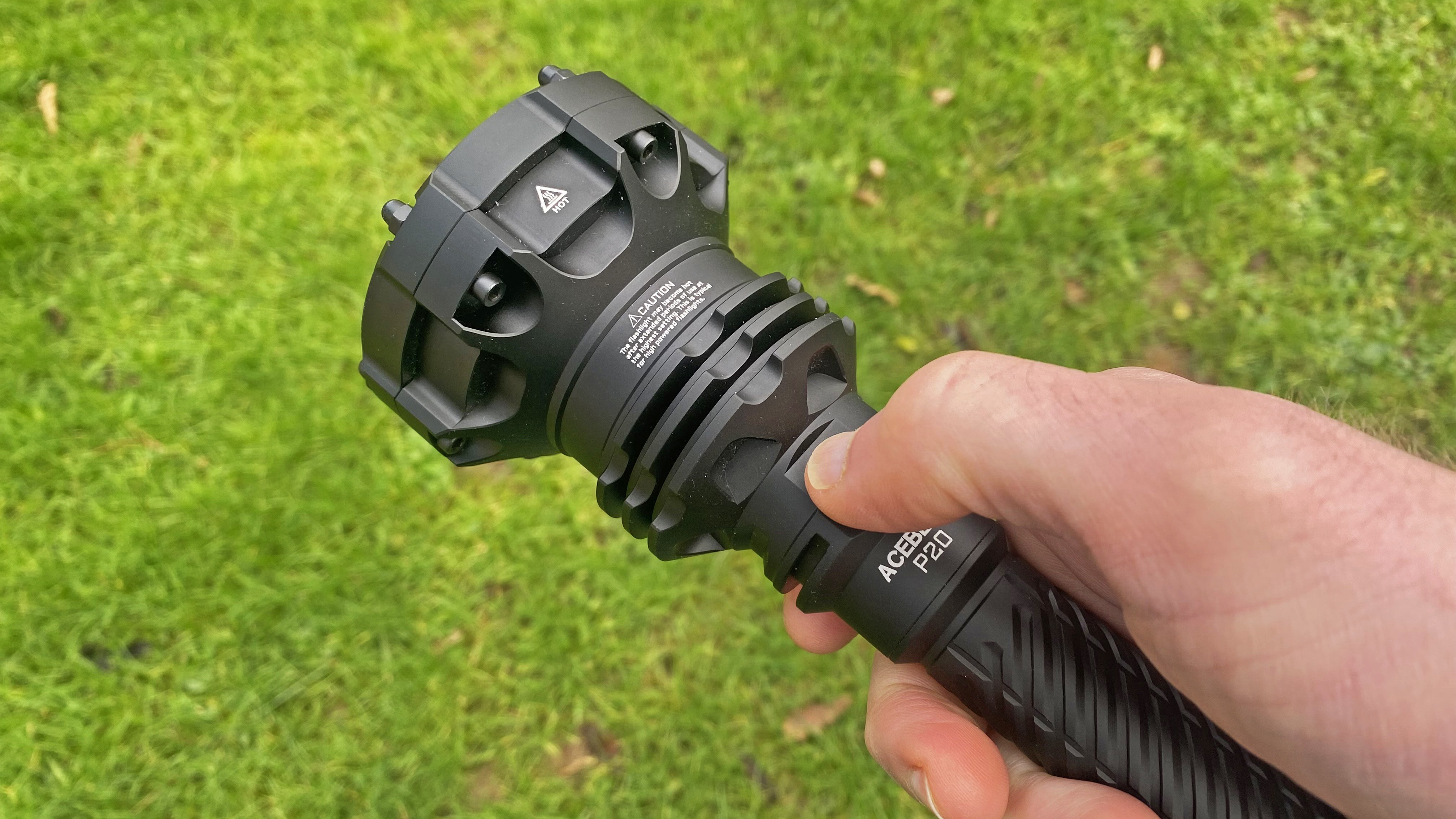 AceBeam P20 review: A skinny flashlight that packs a mighty punch
AceBeam P20 review: A skinny flashlight that packs a mighty punchFeel the force and slice the night with this light sabre, which has a range of over a kilometre
By Pat Kinsella Published
-
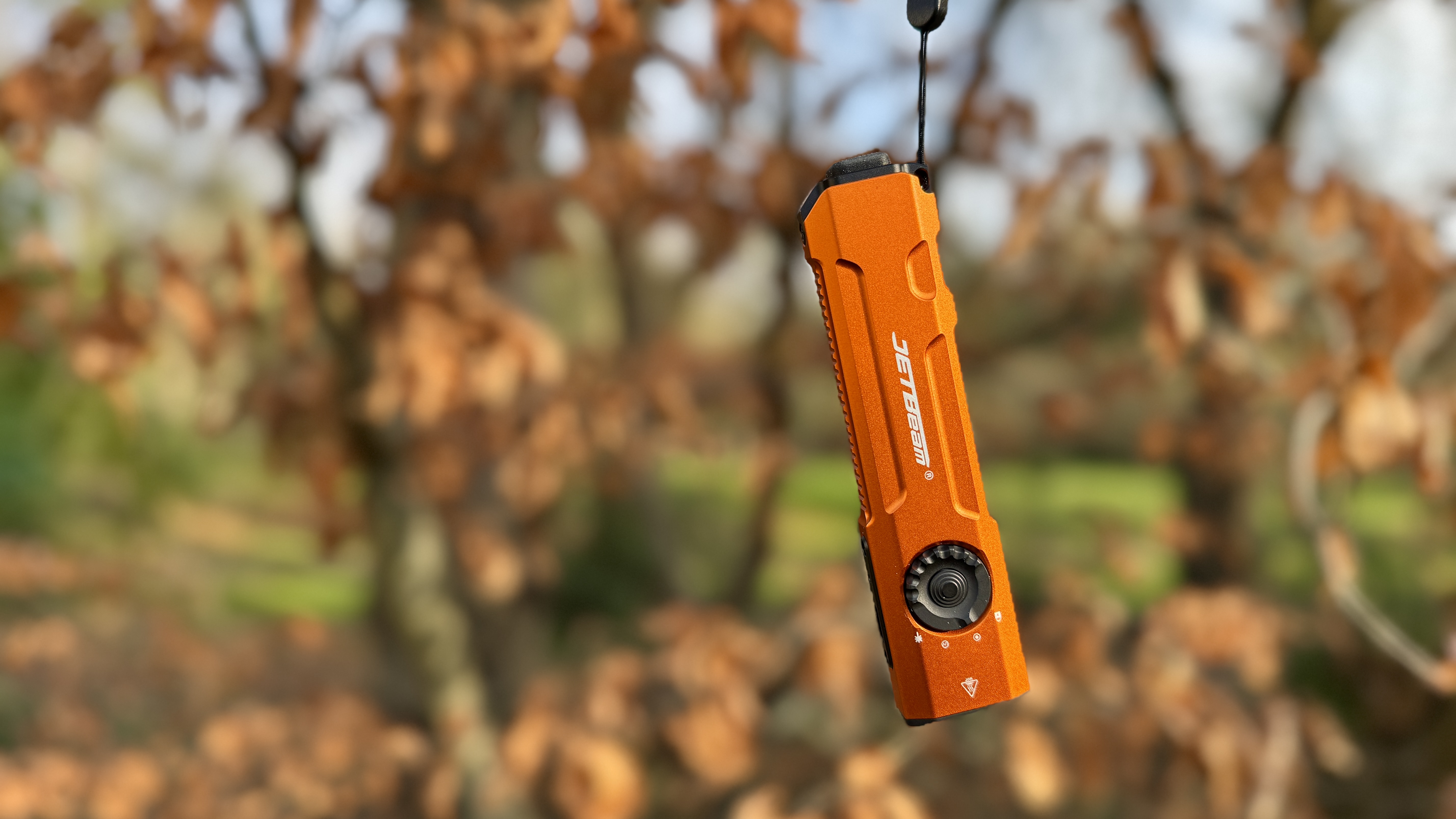 Jetbeam E26-UV Kunai pocket torch review: Let there be light. Loads of it
Jetbeam E26-UV Kunai pocket torch review: Let there be light. Loads of itBright, durable UV-enabled pocket torch for everyday excellence
By Derek Adams Published
-
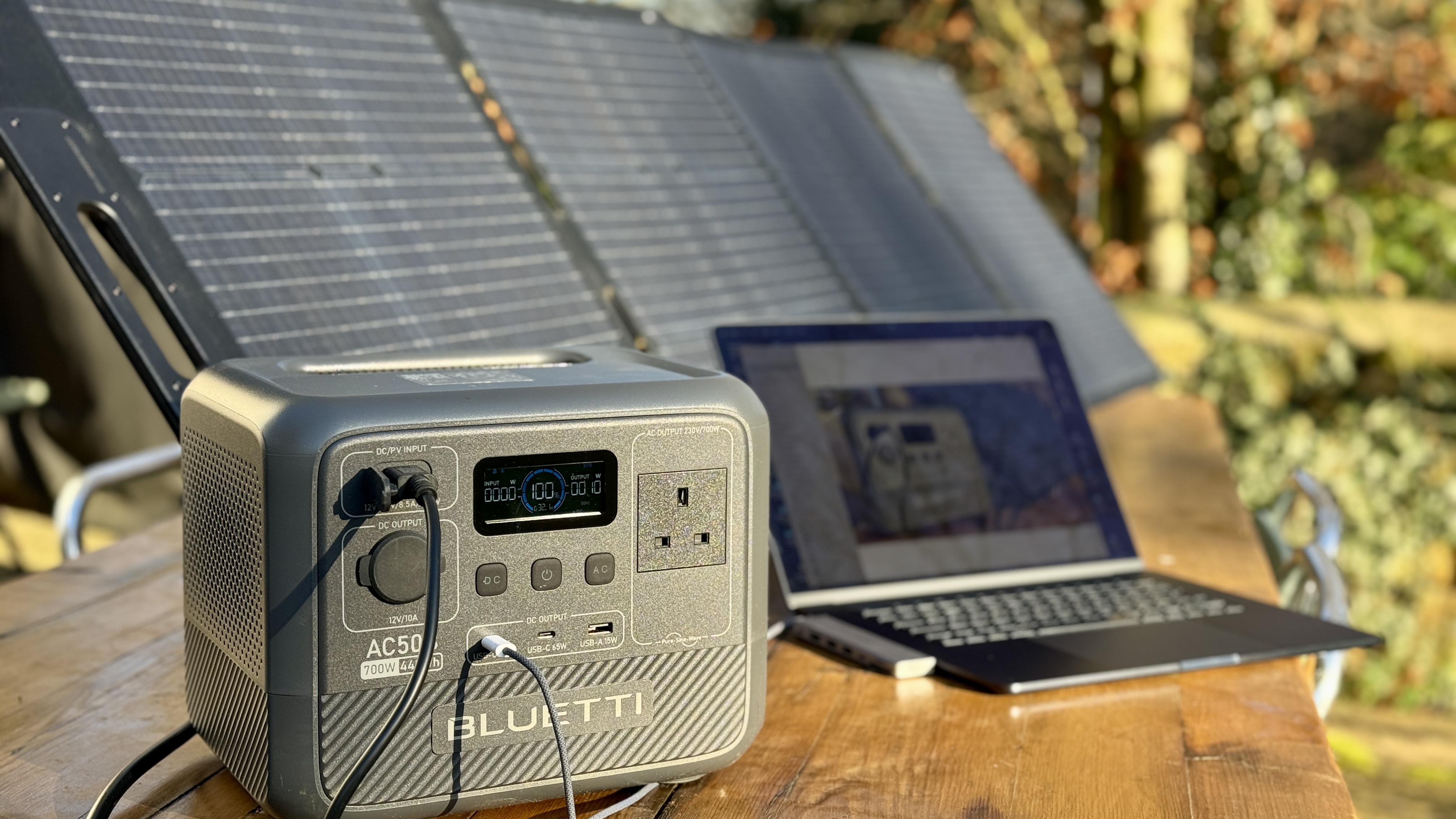 Bluetti AC50B review: a compact powerhouse for outdoor adventures and home emergency backup
Bluetti AC50B review: a compact powerhouse for outdoor adventures and home emergency backupKeenly-priced portable power for light day-to-day use
By Derek Adams Published
